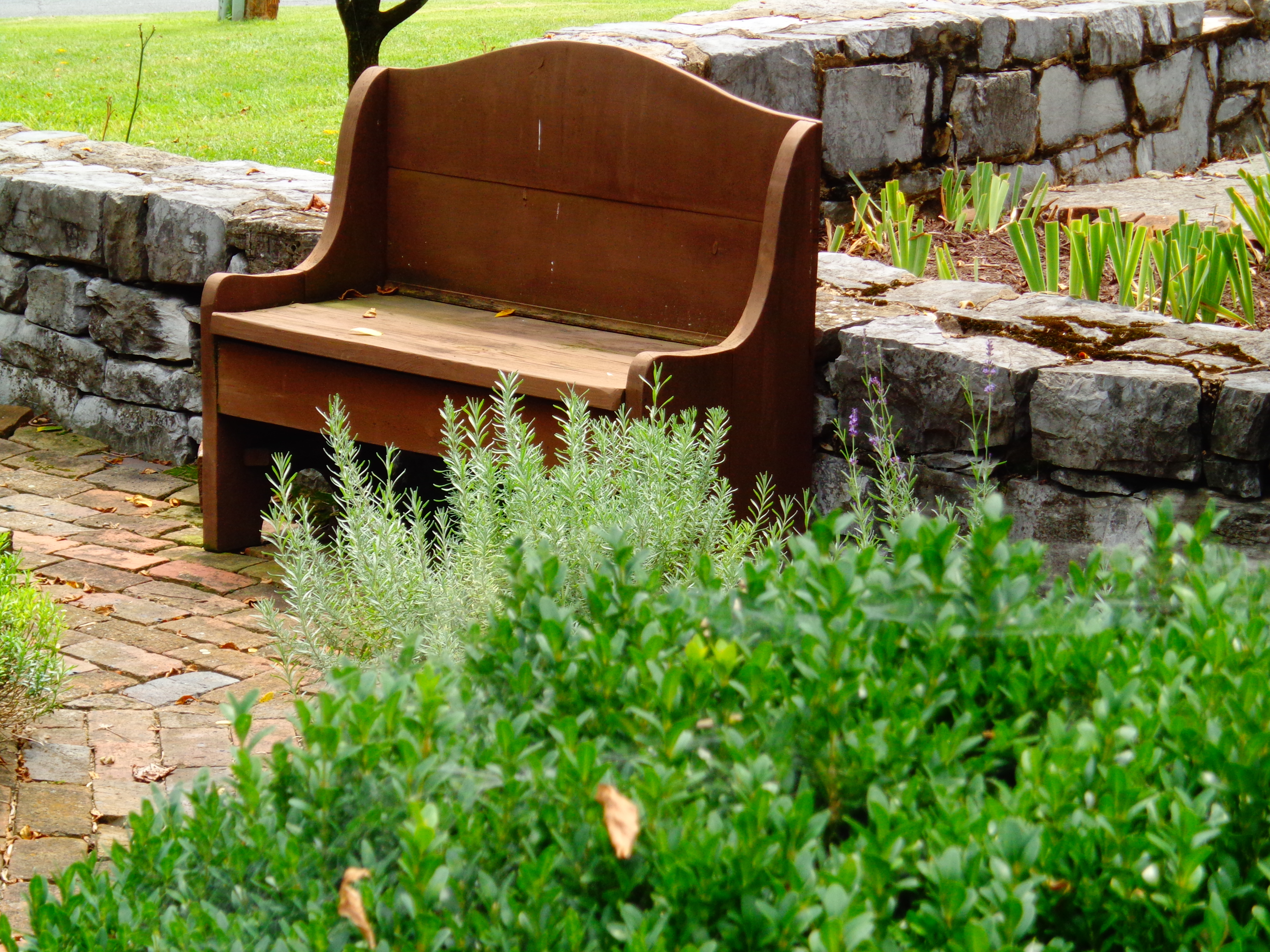So, you are considering starting your own support group! What a great way to not only provide your family with an additional support network, but also to reach out to others who may be facing similar struggles.

Where to begin? There are a few different ways of approaching support groups– not all groups are created equal! Let’s first review a few different models of support groups to consider, and then discuss what aspects may cause each model to be a good fit for your members. Be sure to check out tips for support group success and additional resources below!
Model #1: Parent to Parent
This is a group of parents that come together on a regular, scheduled basis to provide support to one another and that share similar struggles. This could be moderated by one or more of the parent group members
Model #2: Parents with Therapeutic Support
This is a group of parents facilitated by a mental health professional (a therapist, social worker, etc.) The facilitator in this situation may be an “objective party” and not share similar struggles as the group members. Seeking out a professional familiar with the group members’ struggles may be most effective for the benefit of the group.
Model #3: Parents with Medical Support
This is a group of parents facilitated by a healthcare professional, typically one specializing in the medical condition that group members are most concerned about (in our case, FPIES). It is very important to inform group members that although the facilitator is a medical professional, he or she is NOT able to diagnose or give case specific information to group members/their families. The role of this medical professional is to provide general clarification of medical aspects involved in the care of the family member affected.
Model #4: Educational Priorities
** This model could be paired with any of the first three models as well. This model operates with a goal of bringing educational support to its group members, through the use of guest speakers, in-services and the like. There may be other group goals involved in this model, but educational goals are the primary focus.
Model #5: Caring for the Caregivers
** This model could be paired with any of the first three models as well. For Coping Skills Development. This model operates with a goal of helping group members to better develop coping skills as they relate to the struggles that the family faces in terms of diagnosis (in our case, FPIES). There may be other group goals involved in this model, but coping skills development is the primary focus.
Finding the Perfect Fit:
Each group of individuals has unique needs and goals that accompany membership in a support group. Assessing the goals/needs of your group members (or the goals/needs you wish to promote as you build your group), can help to determine what structure is the best fit.

It is important to recognize that the “best fit” may change over time as the group develops, and reassessing the group’s needs and goals periodically can help you to ensure that your group is providing effective support to the individuals it serves. These models are by no means the only group models. In addition, a combination of two or more of the models may help you to generate a custom design best suited to your group’s unique goals/needs.
Model #1: Parent to Parent
You may choose “Parent to Parent” (model #1) for a more casual group wishing to focus on providing a family support network. Once established, the parents in the group may collectively decide whether or not to provide a specific goal-based focus. A facilitator is not necessary for this group.
Model #2: Parents with Therapeutic Support
You may choose “Parents with Therapeutic Support” (model #2) for a group providing additional therapeutic support. A mental health professional could provide additional help with coping skills development, stress management strategies, relaxation techniques and so forth. When seeking out a mental health professional, you may wish to seek out those with a family therapy or pediatric therapy background. It may be helpful for the professional to have experience working with families/children coping with chronic illness.
Model #3: Parents with Medical Support
You may choose “Parents with Medical Support” (model “3) for a group wishing to have more information and support regarding the medical aspects of their children’s care. This style of group can be very effective but it is very important that group members are aware of its limitations— families may incorrectly assume that having a medical professional present allows for child-specific diagnostic and management information to be offered. Be sure that all members are aware of what the medical professional may ethically discuss. It may be helpful for the medical professional him/herself to dedicate a session or set period of time to explaining this.
Model #4: Educational Priorities
You may choose “Educational Priorities” (model #4) in combination with any of the previously described models (1-3) if you wish your group to provide information and education regarding the diagnosis (in this case FPIES) and its daily management as its primary objective. Group sessions may include in-services, guest speakers, hospital tours, etc. Other goals may be addressed, but educational goals will remain the focus.
Model #5: Caring for the Caregivers
You may choose “Caring for Caregivers” (model #5) in combination with any of the previously described models (1-3) if you wish your group to provide opportunities for improved coping skills development and stress management strategies. Having a mental health professional act as a facilitator or having frequent guest facilitators from varying mental health professions may be most helpful in achieving this group goal.
Tips for Running the Group:
Once you have determined your group model and its intended goals, there are some other aspects to consider:
You can contact hospitals, libraries, churches or community centers (for instance) to inquire about a private space available to your group for regularly scheduled meetings. Though a coffee shop may be fine for casual group conversations, many support group members often find privacy most appealing, so a quiet, private environment may draw more families into joining your group.
This really depends on the nature of your group and on the comfort level of group members. Some groups may have parent support sessions and then separate “play group” style parent and child support sessions. If children are involved, because of the nature of FPIES, food restrictions may need to be considered, in addition to careful selection of the group’s meeting place.
Monthly, weekly, biweekly. . . morning, evening, weekends . . . talk to group members to establish what frequency best meets the group’s needs. If you have a facilitator, additional considerations will need to be made.
Support groups can offer a wonderful outlet for group members! That said, discussions and subject matter can be very emotionally charged, so it is important to set group rules that ensure the group environment is a safe, non-threatening therapeutic environment where group members feel comfortable. Key points to consider are respect for others, confidentiality, taking turns (yes, even adults do forget!), and even the group’s routine. Soliciting input from all members can be a great way to arrive at a reasonable list of ground rules. Remember to keep it simple, but keep it supportive!
Guest speakers can be a great way to expose the group to new information or to educate on a specific topic. Scheduling of speakers needs to be done in an organized fashion and may need to require significant advance planning. Assigning a specific person or persons to this task can be helpful. Group members may make suggestions regarding which speakers to invite.
In addition to a support network, a social network can arise from support groups. As your group is growing and developing, you and your group members may wish to consider integrating social events, events outside of the support group schedule when everyone can simply get together for a little well-deserved relaxing fun.
Be sure to organize some system that allows group members to get in touch with one another or at least with the facilitator/group scheduler. In case of emergencies, inclement weather and so on, having a system for contacting members in regards to group changes/cancellations is essential.
To keep your group running smoothly, you will want to ensure consistency. This can be established through keeping regular meeting times and meeting duration, maintaining a basic structure for each group meeting, and keeping simple documentation. (such as a sign in sheet). Examples of organizational tools can be found in the resources section below. For facilitator-run groups, the facilitator will take a lead in establishing the structure and maintaining it.
Consider assessing the group’s needs on a periodic basis, so as to ensure that the group is meeting members’ needs as accurately as possible. For instance, a basic five to ten question assessment with measurable responses submitted quarterly can help a facilitator/group leader to determine future group direction.
Creating support groups can be a very rewarding experience. Hopefully, these suggestions above will get you started! Please keep in mind that these are not the only ways to run a support group and additional information can be found in a variety of resources. Though The FPIES Foundation is in favor of families supporting families and community involvement, we do not at this time officially sponsor any specific support groups. We are happy to provide FPIES-related educational materials to support groups upon request.
For more information on creating and running your own support group, please contact The FPIES Foundation and we will be happy to provide you with addition tips, suggestions for group topics, and any additional related trouble-shooting that may be involved. By supporting others, we often can find the best support for our own families. Thank you for reaching out and supporting one another!
Additional Resources:
- The Support Group Manual: A Session by Session Guide by Harriet Sarnoff Schiff
- Effective Support Groups by James E. Miller
- A support group manual from the National Parkinson Foundation (PDF). Although this is directed at the community affected by Parkinson’s Disease, there are some great tips and resources that can be applicable to a variety of settings and groups.
- A support group manual from CORD (Canadian Organization of Rare Diseases) (PDF). An extensive resource, this also speaks to setting up formal online support groups.
Page published: Jan.18,2013. Last update: June 10, 2018. Copyright © 2013, The FPIES Foundation